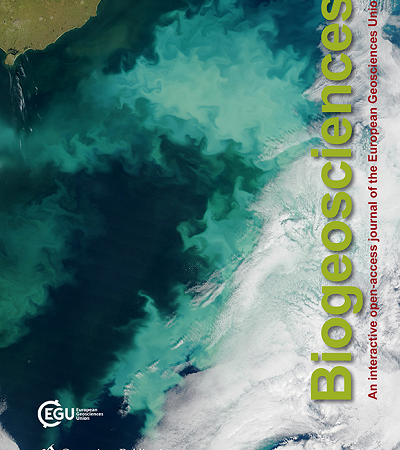
Deforestation and forest degradation in the tropics may substantially alter soil N-oxide emissions. It is particularly relevant to accurately quantify those changes to properly account for them in a REDD+ climate change mitigation scheme that provides financial incentives to reduce the emissions. With this study we provide updated land use (LU)-based emission rates (104 studies, 392 N2O and 111 NO case studies), we determine the trend and magnitude of flux changes with land-use change (LUC) using a meta-analysis approach (44 studies, 135 N2O and 37 NO cases) and evaluate biophysical drivers of N2O and NO emissions and emission changes for the tropics. The average N2O and NO emissions in intact upland tropical forest amounted to 2.0 ± 0.2 (n = 90) and 1.7 ± 0.5 (n = 36) kg N ha−1 yr−1, respectively. In agricultural soils annual N2O emissions were exponentially related to N fertilization rates and average water-filled pore space (WFPS) whereas in non-agricultural sites a Gaussian response to WFPS fit better with the observed NO and N2O emissions. The sum of soil N2O and NO fluxes and the ratio of N2O to NO increased exponentially and significantly with increasing nitrogen availability (expressed as NO3− / [NO3−+NH4+]) and WFPS, respectively; following the conceptual Hole-In-the-Pipe model. Nitrous and nitric oxide fluxes did not increase significantly overall as a result of LUC (Hedges’s d of 0.11 ± 0.11 and 0.16 ± 0.19, respectively), however individual LUC trajectories or practices did. Nitrous oxide fluxes increased significantly after intact upland forest conversion to croplands (Hedges’s d = 0.78 ± 0.24) and NO increased significantly following the conversion of low forest cover (secondary forest younger than 30 years, woodlands, shrublands) (Hedges’s d of 0.44 ± 0.13). Forest conversion to fertilized systems significantly and highly raised both N2O and NO emission rates (Hedges’s d of 1.03 ± 0.23 and 0.52 ± 0.09, respectively). Changes in nitrogen availability and WFPS were the main factors explaining changes in N2O emissions following LUC, therefore it is important that experimental designs monitor their spatio-temporal variation. Gaps in the literature on N oxide fluxes included geographical gaps (Africa, Oceania) and LU gaps (degraded forest, wetland (notably peat) forest, oil palm plantation and soy cultivation).








